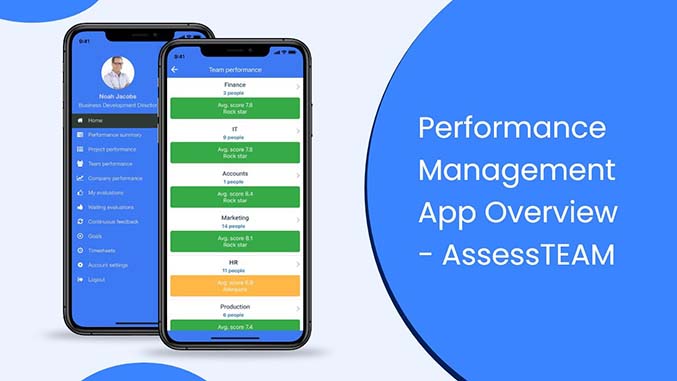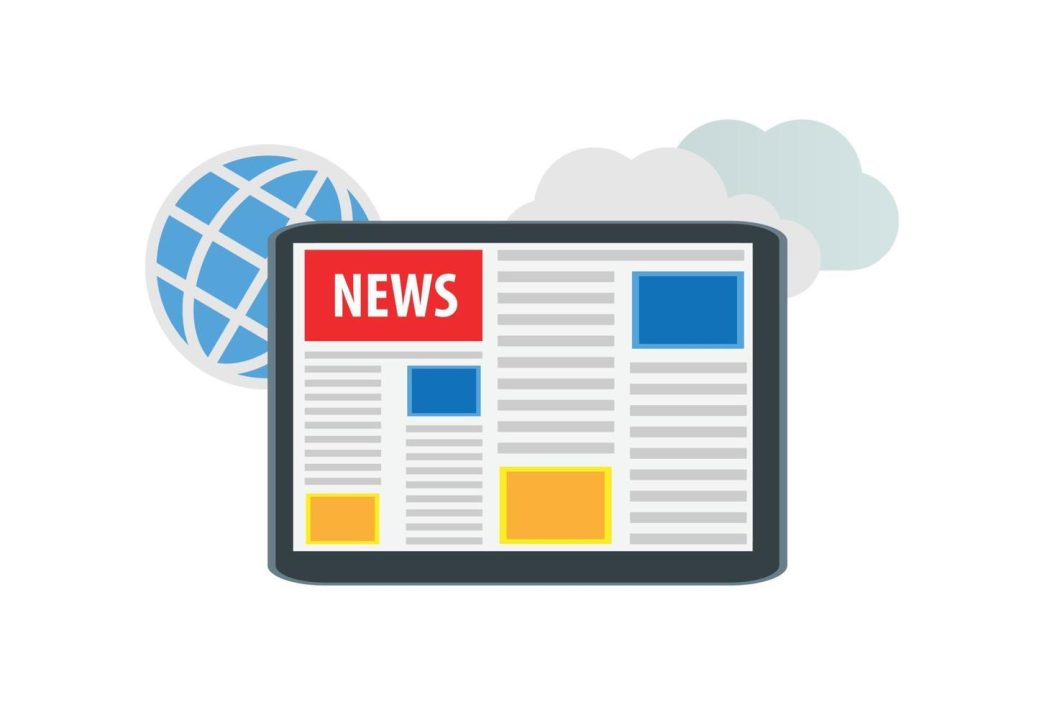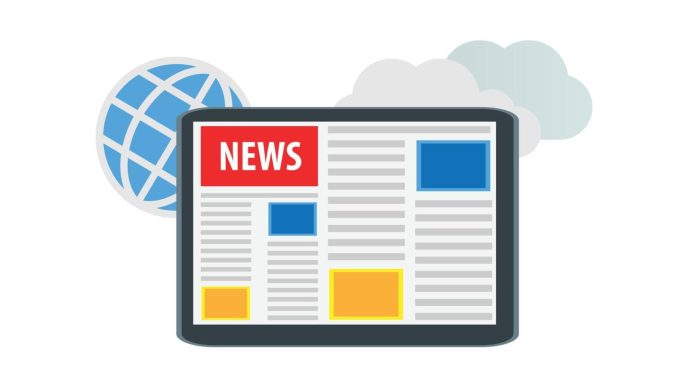App Performance Ratings: How to Evaluate and Improve Your Mobile App’s Success
In today’s competitive digital landscape, the performance of your mobile app can make or break its success. Whether you’re launching a new app or managing an existing one, understanding and optimizing its performance is critical to ensuring user satisfaction, retention, and growth. In this article, we’ll explore app performance ratings, how they impact user experience, and steps you can take to improve your app’s overall performance.

What Are App Performance Ratings?
App performance ratings are assessments of how well a mobile app functions. These ratings are often determined by user feedback and can be found in app stores like Google Play or Apple’s App Store. Users typically rate apps on a scale, ranging from one to five stars, based on their experience with the app’s functionality, usability, speed, and overall satisfaction.
These ratings are essential because they directly influence an app’s visibility and credibility. A high-performance rating attracts more users, while a low rating can push potential users away.
Key Factors Influencing App Performance Ratings
-
Speed and Responsiveness: Users expect apps to load quickly and perform actions without delays. An app that lags or crashes will receive negative ratings.
-
Usability: Apps that are difficult to navigate or have a confusing user interface (UI) will struggle to earn positive ratings. User-friendly apps with intuitive designs tend to perform better.
-
Stability: Frequent crashes or errors will severely affect an app’s rating. Users want a stable experience, so ensuring the app runs smoothly is crucial.
-
Battery and Data Usage: Apps that consume too much battery or data often receive poor ratings. Efficiency in these areas can enhance user satisfaction.
Why App Performance Ratings Matter
App performance ratings play a critical role in the success of a mobile app. Here’s why:
1. Boosting Visibility in App Stores
App stores like Google Play and the App Store prioritize apps with high ratings in search results. If your app consistently receives positive ratings, it’s more likely to appear higher in search results, making it easier for potential users to find and download.
2. Building Trust and Credibility
A high-performance rating builds trust with potential users. Before downloading an app, most users look at ratings and reviews to gauge its quality. Apps with low ratings or negative reviews may be viewed with suspicion, even if the app’s core functionality is solid.
3. Improving User Retention
Users who have a positive experience are more likely to return and continue using the app. This leads to higher retention rates and, consequently, better ratings. Keeping users engaged and satisfied is essential for maintaining a positive performance rating.
How to Improve App Performance Ratings
Achieving and maintaining high app performance ratings requires continuous effort and attention to detail. Here are some proven strategies to enhance your app’s performance and user ratings.
1. Optimize App Speed
One of the most significant factors that affect app performance ratings is speed. If your app is slow to load or respond, users will become frustrated and leave negative reviews. Here are a few ways to improve your app’s speed:
-
Minimize app size: A large app takes longer to load and can consume unnecessary resources.
-
Use asynchronous loading: This allows parts of the app to load while others are still being processed, speeding up the overall experience.
-
Optimize images and assets: Compressing large images and resources can help reduce load times.
2. Focus on Stability and Bug Fixes
App crashes and bugs are some of the most significant reasons for poor ratings. Regularly test your app and address any crashes, bugs, or errors immediately. Use crash monitoring tools to identify issues early and release timely bug fixes.
-
Automated Testing: Use automated testing tools to simulate different scenarios and identify potential issues.
-
Crash Reporting: Tools like Firebase Crashlytics can help you track app crashes and fix them before they impact user ratings.
3. Enhance User Interface (UI) and User Experience (UX)
A well-designed app that’s easy to navigate will naturally receive higher ratings. Focus on creating a clean and intuitive UI that enhances the user experience.
-
Simplify Navigation: Users should be able to navigate through your app without confusion. A clear layout with well-labeled buttons and a logical flow improves usability.
-
Mobile Optimization: Ensure that the app is responsive and works well on different screen sizes and resolutions.
4. Optimize Battery and Data Usage
Apps that drain a phone’s battery or consume excessive data will likely receive negative feedback. Optimize your app’s energy and data usage to improve performance ratings.
-
Optimize background processes: Minimize processes running in the background that consume resources.
-
Use efficient networking: Compress data where possible, and use Wi-Fi over mobile data for large downloads.
5. Respond to User Feedback
Responding to user feedback shows that you care about their experience and are committed to improving the app. Address both positive and negative reviews in a constructive manner, and use their feedback to make necessary improvements.
Pro Tip: You can ask users to update their ratings once issues are resolved or new features are added.

Tools to Monitor and Improve App Performance
Several tools are available to help you monitor and optimize your app’s performance. These tools provide insights into user behavior, technical issues, and app stability. Some popular options include:
-
Google Analytics: Helps track user engagement and identify performance bottlenecks.
-
Firebase: Offers a suite of tools for monitoring app performance, tracking crashes, and analyzing user behavior.
-
New Relic: Provides deep insights into app performance with real-time monitoring and issue detection.
How to Track App Performance Ratings
To improve your app’s performance ratings, you need to track and analyze user feedback consistently. Here’s how you can do that:
-
Monitor Reviews in App Stores: Regularly check your app’s reviews and ratings on Google Play and Apple’s App Store.
-
Analyze Ratings Trends: Look for patterns in ratings and reviews. Are certain features consistently praised or criticized? Use this data to prioritize improvements.
-
Use Sentiment Analysis Tools: Tools like MonkeyLearn or Lexalytics can analyze user feedback to provide sentiment analysis, helping you better understand how users feel about your app.
Best Practices for Asking Users to Rate Your App
Asking users to rate your app at the right time is essential for collecting positive feedback. Here’s how you can approach it:
-
Ask After a Positive Interaction: Don’t prompt users to rate the app immediately after they’ve experienced a bug or crash. Instead, wait until after they’ve had a positive experience, like completing a task or enjoying a new feature.
-
Don’t Overwhelm Users: Asking for ratings too frequently can annoy users. Set up a system to request feedback at appropriate intervals.
-
Offer Incentives: While this should not be the sole motivation, offering small rewards (like app credits or premium features) for leaving a rating can encourage users to provide feedback.
Conclusion
App performance ratings are crucial for the success of any mobile app. They not only affect the app’s visibility and credibility but also play a key role in user satisfaction and retention. By focusing on speed, stability, usability, and user feedback, you can significantly improve your app’s performance ratings and provide a better overall experience for your users.
Whether you’re launching a new app or enhancing an existing one, prioritizing app performance optimization will ensure your app stands out in the crowded app market.
FAQs
Q1: How can I improve my app’s speed?
You can improve speed by reducing app size, optimizing images, and using asynchronous loading techniques to enhance performance.
Q2: Why is my app crashing, and how can I fix it?
App crashes often happen due to bugs, memory issues, or connectivity problems. Regularly test your app, address any crashes, and use crash monitoring tools to track and resolve issues.
Q3: What tools can I use to monitor my app’s performance?
Tools like Google Analytics, Firebase, and New Relic can help you monitor user behavior, app performance, and crash reports.
Q4: How often should I ask users to rate my app?
Avoid bombarding users with rating requests. Instead, ask after a positive interaction, such as after completing a task or enjoying a new feature.
By focusing on these strategies and best practices, you can boost your app’s performance ratings, ensuring a positive experience for all your users.



